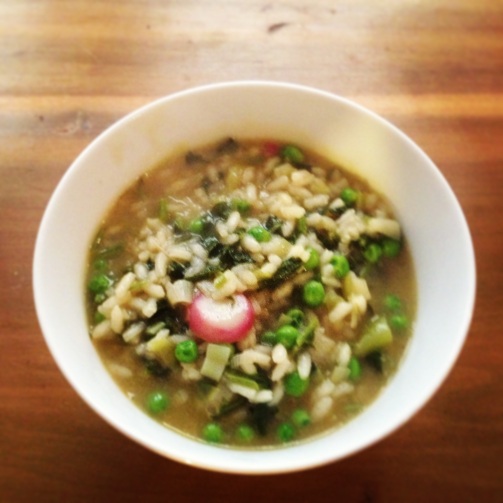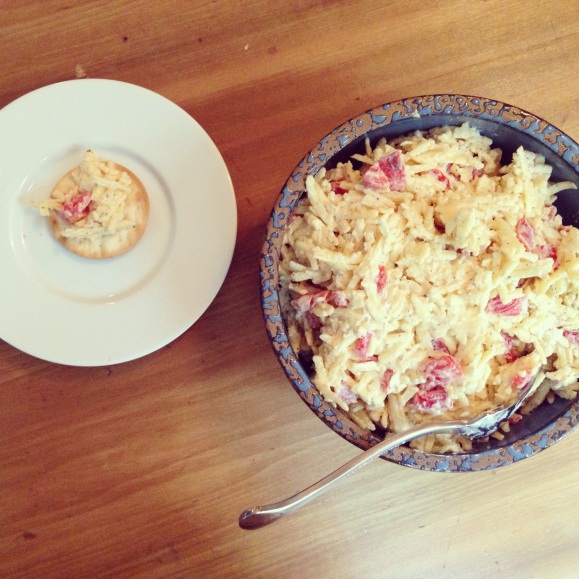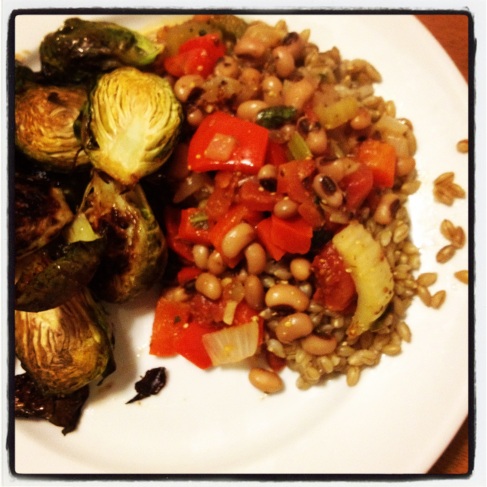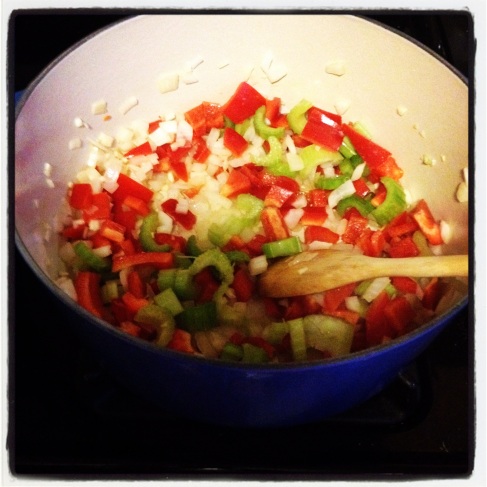Continuing with the Holiday Cocktail Party menu, here’s an easy one. This pork tenderloin is great as a heavy hors d’oeuvres or as a main, and it’s super easy–I hate cooking meat, because I don’t know what I’m doing, but this is impossible to screw up if you have a meat thermometer. I scaled this up for about 50, but you can scale down easily.
Add some Trader Joe’s chutney and some yeast rolls, and you’re set!
Bourbon Marinated Pork Tenderloin with Mango-Ginger Chutney and Yeast Rolls
- 3 packages of pork tenderloins (2.5 lbs. each) for a total of 7-8 lbs. meat
- 4 garlic cloves, minced or put through press
- pepper
- 1 C. bourbon
- 1/2 C. soy sauce
- 2 Tb. Dijon mustard
- 1/4 C. olive oil
- Trader Joe’s Mango-Ginger Chutney (or substitute any other chutney you like)
- 1 package of 36 frozen rolls (I used Kroger brand–see here for example–baking these myself was much cheaper than buying lots of pre-cooked store rolls, but you could also go that route)
- 2 Tb. butter
There is no science to the marinade, so go with your gut on it. Separate the pork tenderloins and put 3 tenderloins in each of 2 plastic gallon bags (you’ll have 6 tenderloins total). Whisk together the bourbon, soy, mustard, and olive oil and pour half into each bag. Marinate the meat overnight.
Generously butter several baking pans or pie pans and place individual pieces of frozen roll dough into them (space about 1″ apart). Let the rolls rise for 3-6 hours in a warm corner or in a warm but unheated oven.
Preheat the oven to 400 degrees. Line roasting pans or baking sheets with foil and place the tenderloins on them. Cook at 400 until the pork reaches 145 degrees and then tent it with foil (ours took about 20 minutes, but yours could be more or less). Turn down the oven to 350 degrees for the rolls. Let the meat rest at least 10 minutes before carving (preferably more).
While the meat is resting, melt the butter and brush the rolls with it. Bake the rolls at 350 degrees for about 20-25 minutes till golden brown.
Serve meat with juices warm or at room temp with the chutney and the rolls on a platter garnished with arugula or other greens.









